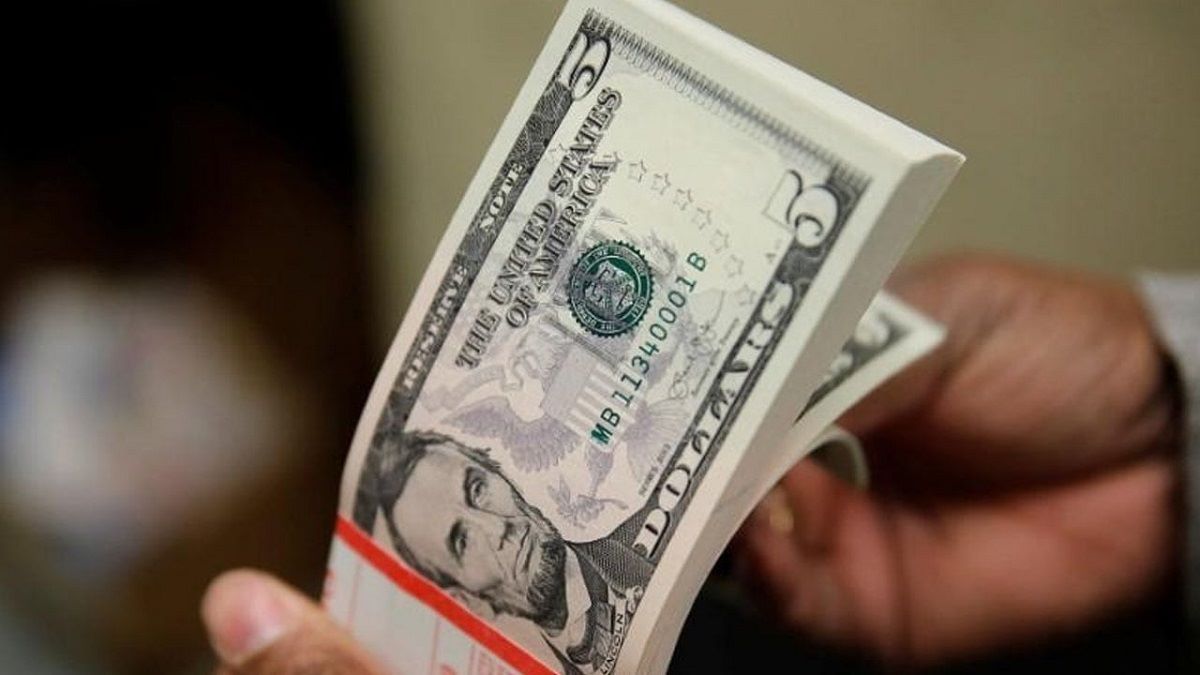What would happen to the US dollar when the US attached Iran?
Many analysts think that while the U.S’s attack on Iran could temporarily lift the greenback, it won’t reverse the longer-term decline.

The oil price is the primary conduit through which a US attack on Iran would be seen to impact the US dollar.
The U.S. military conducted airstrikes on Iran's nuclear facilities in Fordow, Natanz and Isfahan on Sunday morning local time.
Reacting to the U.S.’s attacks on Iran, Iran’s parliament backed closing the Strait of Hormuz which sees some 20% of the world’s oil cargo movement. The oil price is the primary conduit through which a US attack on Iran would be seen to impact the US dollar.
We also have to bear in mind that, when the US attacks Iran, there would be other reprisals, such as terrorist attacks against US interests but these are clearly difficult to predict and the market will focus mostly on any oil price impact. If oil prices surge, there would be a negative terms of trade impact for countries that import most, if not all of their oil energy needs, such as the euro zone, Japan and the UK.
In contrast, relatively energy rich countries like the US and Canada would not face the same sort of impact and, in this regard we might expect their currencies to rise. For instance, the US dollar rose by some 15% against the euro and 25% against the yen in the six months following Russia’s attack on Ukraine in February 2022 as energy prices surged. The Canadian dollar rose against these currencies as well, as its slide against the US dollar over the same period was only around 8%. But is this a reasonable example?
For a start, Europe’s vulnerability to events in Ukraine was not just down to the fact that much of the region’s energy needs were met by Russia, but also as a result of the wider security threats. As a result, a better example might be to look back further to March 2003 when the US, under the leadership of George Bush Jnr launched an attack on Iraq. Doing so also helps explore another avenue of possible support for the US dollar from such events, namely that which arises from any safe-haven demand for the greenback.

Iran’s parliament backed closing the Strait of Hormuz which sees some 20% of the world’s oil cargo movement.
We say this because the 2003 assault on Iraq did not lead to a surge in oil prices straight away. Hence we can look at the reaction in the US dollar through the lens of safe-asset demand, not terms of trade effects. Of note was that the US dollar actually slumped through the war in Iraq. The invasion was launched on March 20th, with major combat operations declared to be at an end on May 1st although, in reality maintaining the peace proved very difficult for some time afterwards. By the end of 2003, the US dollar had fallen by a significant 15% in trade-weighted terms (the DXY index). Could this mean that safe-asset demand for the US dollar is not all it is cracked up to be when the US enters a miliary conflict?
So far, the conclusion seems to be that the US dollar could gain some strength from US attacks on Iran if it leads to a material and sustained improvement in the country’s terms of trade relative to major oil importers like the Eurozone and Japan. But here we have to add the usual caveat that history is a good guide to the past. For whatever reaction we saw in the US dollar to past conflicts and oil price surges is not a guarantee of what we will see now. This could be an important point because there is little doubt in our mind that sentiment towards the US dollar is very poor at the moment for various reasons.
Steven Barrow, Head of Standard Bank G10 Strategy said it seems very possible that a longer-term structural downtrend in the US dollar is developing following the greenback’s strong rally since 2011. If that’s the case, he suspects that the market will quickly shrug off any US dollar surge that might result from the US becoming militarily involved in Iran. Of course, in the end this could be the wrong thing to do, especially if the terms of trade effects are so big that eventually the dollar stages a significant rally. But, for now, a sell into strength (in the US dollar) mentality may well prevail amongst traders and investors and so keep the US dollar depressed.








